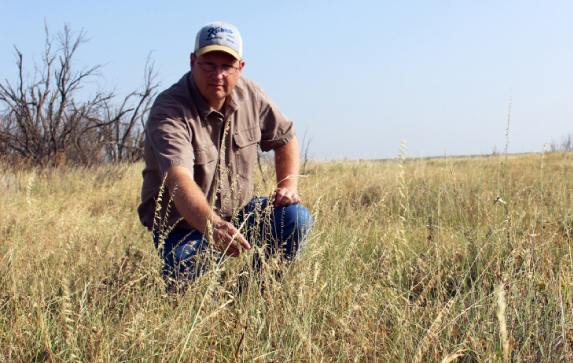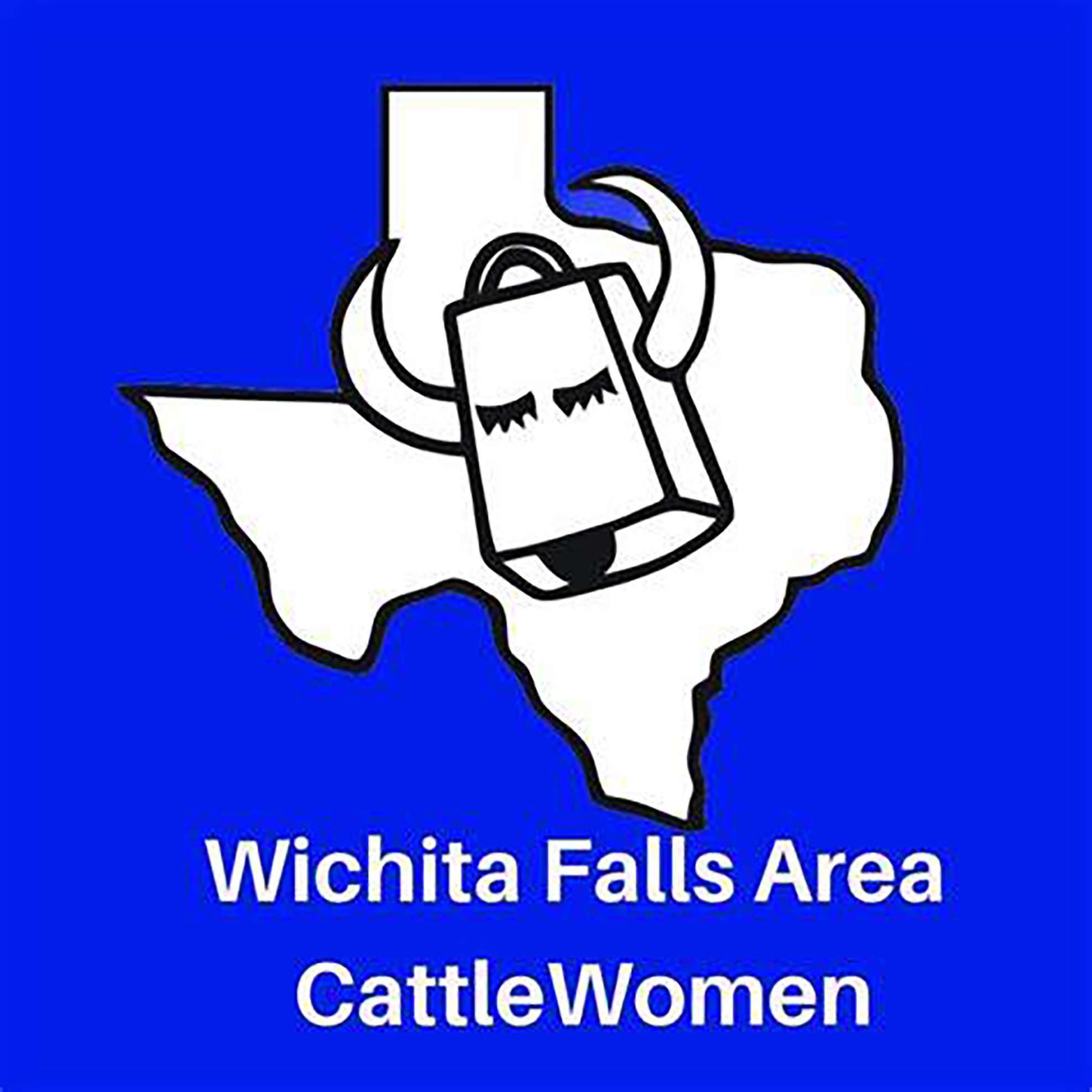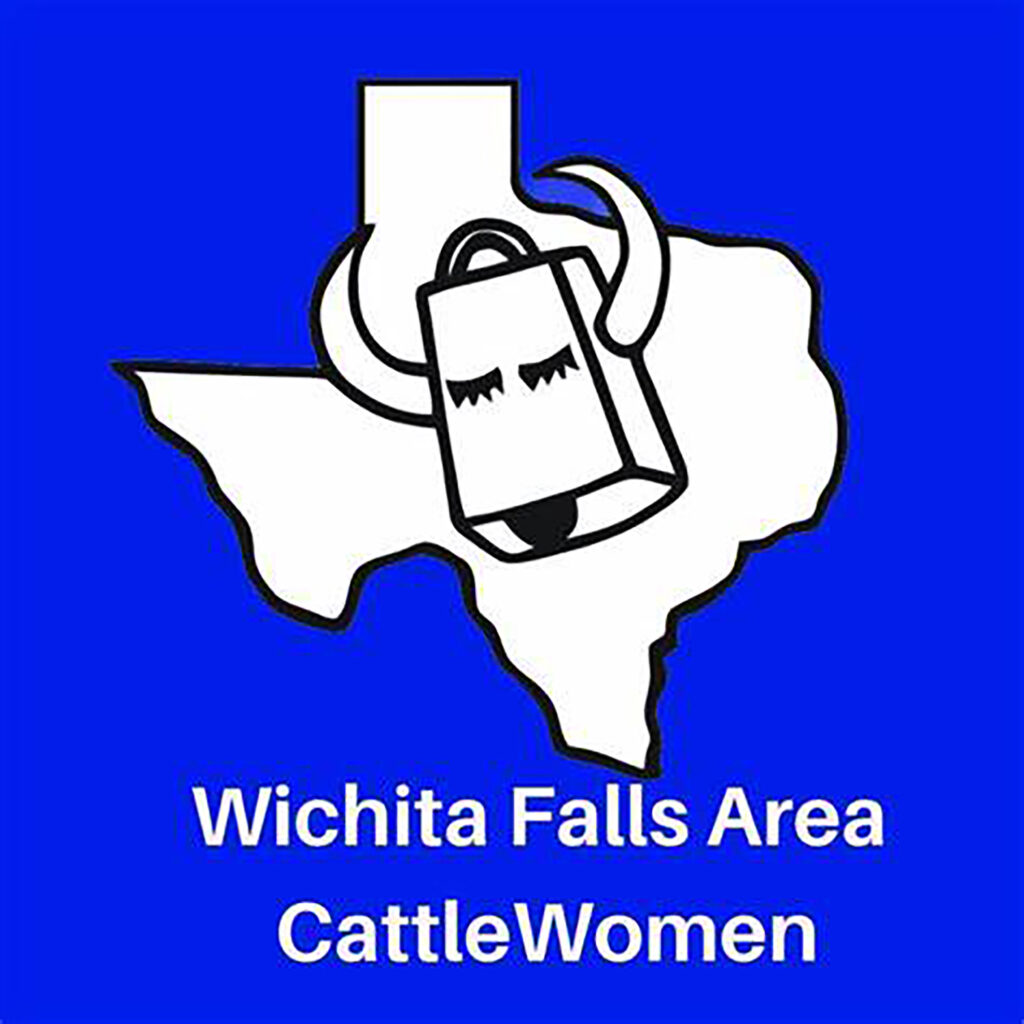HOME
Grazing North Texas – Sideoats grama

By Tony Dean
In August of 2015, we introduced this “Grazing North Texas” series by highlighting one of our most important forage plants, Sideoats grama. On this third anniversary, we will take a closer look at this unique and valuable species.
Every Texan should be aware that Sideoats grama is the Texas State Grass. It was recommended for this honor in 1971 by the Texas Council of Chapters of the Soil Conservation Society of America and the Texas Section of the American Society of Range Management and was officially adopted by Senate Concurrent Resolution 31 in 1971.
Resolution 31 states, in part, that “Although there are many desirable forage species native to the State, one variety, Sideoats grama, occurs on a greater diversity of soils than any other grass; on rangelands of West Texas it is the backbone of the ranching industry.”
Sideoats grama is a deeply rooted summer perennial bunchgrass. It is a mid-grass in height, reaching from eight inches to 36 inches, depending upon variety and growing conditions. As a mid-grass, it does not produce the total pounds of forage that the tall grasses produce, but the quality of the forage is very good.
Sideoats grama produces high quality, nutritious forage that is relished by all classes of livestock. Crude protein can reach 11 percent in spring green up, decrease to five to eight percent during summer months, and maintain a very respectable 3.5 to 4.5 percent protein after frost, making it one of our most important forage species.
Sideoats have rather wide leaves that take on a characteristic color and curl as the plant matures. The seed head is a zigzag stalk containing small spikes dangling from one side, thus the name Sideoats. Depending upon variety, Sideoats can spread by seed and by small, stout rhizomes. It is often found in colonies.
To read more pick up a copy of the August 2018 NTFR issue. To subscribe call 940-872-5922.
HOME
Preparing Spring Gardens

By Hannah Claxton | Editor
The North Texas area is located within USDA Hardiness zones seven and eight. The zones are categorized by predicted low temperatures for winter and timing of the first and last frosts.
Zone seven usually has winter low temps between 0 and 10 degrees F with the average date of the first frost falling between Oct. 29 and Nov. 15 and the average date of the last frost falling between March 22 and April 3.
Overall, these two zones have similar climates and growing conditions, making the options for timing and variety within a garden very similar.
In these zones, cool-season crops should go in the ground in March, meaning that soil preparation should start now.
To read more, pick up a copy of the January edition of North Texas Farm & Ranch magazine, available digitally and in print. To subscribe by mail, call 940-872-5922.

HOME
Equine Vaccinations

By Heather Lloyd
Vaccinations are a critical component of maintaining the health and well-being of horses, especially in environments where they are exposed to other animals, such as in the sport, show and performance arenas. Horses, like all animals, are susceptible to various infectious diseases that can spread quickly and cause serious harm.
A routine vaccination schedule helps prevent the spread of these diseases by preparing the horse’s immune system.
To read more, pick up a copy of the November edition of North Texas Farm & Ranch magazine, available digitally and in print. To subscribe by mail, call 940-872-5922.

HOME
Wichita Falls Area Cattlewomen

Having herds on a controlled breeding schedule means that we have a predictable calving schedule, and while it’s only over a couple of months, for us it does fall right after the start of the year. I lobby annually to call ours the “Winter calving season”, but I am outvoted and my husband still refers to it as Spring. Unlike producers in our Northern States, we don’t have to contend with brutally harsh winter weather, and on those rare times we do, thankfully it is not for extended periods. Regardless of whether you have a Spring or a Fall calving schedule, the health of a newborn calf begins with the mother’s health, and the mother’s health is largely dependent on the producer.
To read more, pick up a copy of the November edition of North Texas Farm & Ranch magazine, available digitally and in print. To subscribe by mail, call 940-872-5922.

-

 Country Lifestyles2 years ago
Country Lifestyles2 years agoScott & Stacey Schumacher: A Growth Mindset
-

 Country Lifestyles8 years ago
Country Lifestyles8 years agoStyle Your Profile – What your style cowboy hat says about you and new trends in 2017
-

 HOME8 years ago
HOME8 years agoGrazing North Texas – Wilman Lovegrass
-

 Outdoor10 years ago
Outdoor10 years agoButtercup or Primrose?
-

 Country Lifestyles5 years ago
Country Lifestyles5 years agoAmber Crawford, Breakaway Roper
-

 Equine1 year ago
Equine1 year agoThe Will to Win
-

 Country Lifestyles9 years ago
Country Lifestyles9 years agoJune 2016 Profile – The man behind the mic: Bob Tallman
-

 Country Lifestyles8 years ago
Country Lifestyles8 years agoDecember 2016 Profile, Rusty Riddle – The Riddle Way




